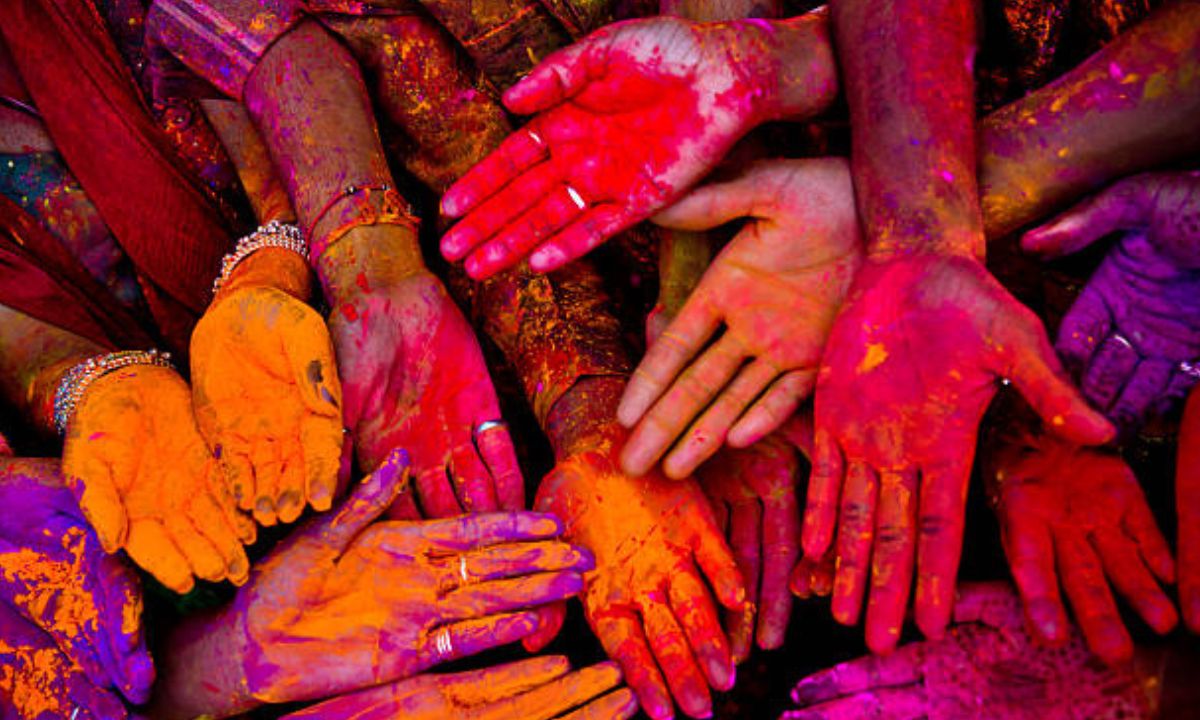Introduction
Relationships, society, and culture are often built on rituals, and in Latin America, few rituals are as impactful as tratear. Tratear is more than a simple exchange or interaction—it’s a nuanced practice rooted in generosity, thoughtfulness, and creating a sense of connection and belonging. Whether expressed through small acts of kindness, the subtle language of gestures, or the willingness to invest in someone else’s well-being, tratear reflects Latin America’s deep commitment to interpersonal relationships.
For outsiders, tratear may feel difficult to grasp. Its rules are implicit, and its value is felt more than spoken. But making the effort to understand this tradition opens a window into the social values, warmth, and humanity that underpin Latin American communities. At its core, tratear fosters connection—it is where cultural identity meets personal care.
This blog explores the art of tratear, offering insight for cultural enthusiasts, social anthropologists, and anyone wanting to deepen their understanding of Latin American values.
The Art of Tratear
What Is Tratear?
At its simplest, tratear can be described as the act of treating someone with generosity and kindness. But it’s so much more than that. In the Latin American context, it’s a complex social tradition that involves nuanced interactions, where gestures, attitudes, and intent are as important as the actions themselves.
Whether it’s offering coffee to a guest, purchasing a modest but thoughtful gift, or showing genuine interest in someone’s well-being, tratear communicates care and builds trust. It’s an unspoken language of mutual respect that enriches relationships.
Key Components of Tratear
Tratear revolves around a few core principles:
- Generosity: The essence of tratear lies in giving without expecting something in return.
- Attention to Detail: It’s about thoughtful gestures that reflect the other person’s preferences or needs.
- Mutual Respect: Tratear treats all parties as equals and fosters deeper bonds.
Regional Variations in Tratear
Tratear’s expressions vary across Latin America. For example:
- Argentina: The tradition often involves sharing mate, a communal tea, where the act of pouring and sharing carries meaning.
- Mexico: Inviting someone for a home-cooked meal is a classic form of tratear, reflecting warmth and hospitality.
- Colombia: Kindness often manifests as small gifts or financial help during times of hardship.
While the specific gestures may differ, tratear’s overarching goal is always to make others feel valued and welcome.
Tratear in Daily Life
Relationships and Family Dynamics
Tratear is deeply embedded in family relationships. Parents “tratear” children by ensuring they’re well-fed, clothed, and supported. Children reciprocate later in life, caring for aging parents with the same affection. It’s also visible in sibling interactions, familial gatherings, and even the way extended family members treat one another with the respect and generosity that defines Latin culture.
Workplace and Business
Tratear extends beyond personal relationships and plays a significant role in professional settings. Business deals in Latin America often rely on a foundation of trust—and tratear is an essential part of building that trust. It’s common to bond over a meal, exchange thoughtful gifts, or show respect by taking time to genuinely listen and engage. For foreigners working with Latin professionals, understanding tratear can make or break business relationships.
Social Interactions
From lending a neighbor sugar to small acts like holding the door open, tratear fosters a sense of community. Even at the societal level, tratear is seen in collective celebrations, where everyone contributes, big or small, to the shared joy.
Challenges and Misunderstandings
Common Misconceptions
People unfamiliar with tratear might mistake its gestures for ulterior motives. For example:
- Misinterpreted Generosity: Outsiders might see acts of tratear as transactional rather than genuinely altruistic.
- Overstepping Boundaries: Sometimes, over-zealous attempts to practice tratear can come across as intrusive if not handled delicately.
Situations of Misinterpretation
One challenge for foreigners is understanding the boundaries of tratear. Generosity without cultural sensitivity might feel inappropriate—for example, giving an overly expensive gift can create discomfort rather than gratitude.
Building Cultural Sensitivity
To fully appreciate tratear, one must adopt a mindset of humility and observation. Learning the nuances of each interaction—by watching how native practitioners of tratear operate—is vital.
The Universal Appeal of Tratear
Community and Belonging
While it’s uniquely Latin American, tratear speaks to a universal need for belonging. The care embedded in each gesture reminds us how small acts of kindness can ripple outward, creating stronger communities.
Lessons for the World
Tratear encourages us to slow down, invest in relationships, and place empathy above self-interest. It’s a model that global cultures can learn from, especially in today’s fast-paced, often detached world.
Adapting Tratear in Modern Times
As urbanization and technology reshape interactions, tratear evolves. Virtual gestures, such as offering thoughtful advice in a group chat or sharing digital resources, now align with traditional values of care. However, retaining its essence—warmth and genuine connection—is critical to keeping tratear alive.
Why Tratear Matters
Tratear is the heart of Latin American culture—a tradition of everyday kindness that weaves a web of connection, care, and shared humanity. Whether it’s practiced over coffee, in the family home, or at work, its spirit transcends cultural borders.
By understanding and adopting the principles of tratear, we create a world where empathy and kindness thrive. Start observing, appreciating, and even practicing a little tratear in your daily life—you might just discover a deeper sense of connection and joy.
Call to Action
If you’re excited about exploring culture through social traditions, join our upcoming cultural workshop to further immerse yourself in Latin American values. Together, we can build bridges of understanding across cultures.
YOU MAY ALSO LIKE
Your Topics | Multiple Stories for Diverse Storytelling
Conclusion
Tratear is more than just a tradition; it’s a beautiful reminder of how small acts of consideration can create lasting bonds between people. By adopting this mindset, we contribute to a world rooted in mutual respect and genuine connection. Whether it’s through everyday interactions or deeper cultural exploration, incorporating values like tratear into our lives enriches not only our own experiences but also the communities around us. Let’s celebrate and share these timeless lessons—because together, we make the world a kinder, more inclusive place.
FAQs
What is tratear in Latin America?
Tratear is a cultural practice in Latin America involving gestures of kindness and generosity to foster connection and respect.
Why is tratear important?
Tratear strengthens relationships, creates harmony, and nurtures a sense of belonging within families and communities.
How is tratear practiced in business?
Tratear in business often involves thoughtful gestures, such as gift exchanges or shared meals, to build trust and rapport.
Is tratear misunderstood by outsiders?
Yes, tratear can be misunderstood as transactional or intrusive by those unfamiliar with its genuine altruistic intent.
How can I learn more about tratear?
Observing its practice in daily Latin American life and engaging with cultural experts can deepen your understanding of tratear.











